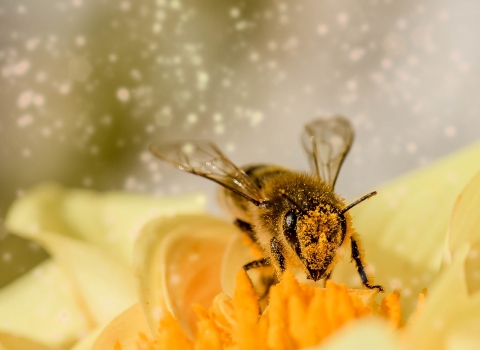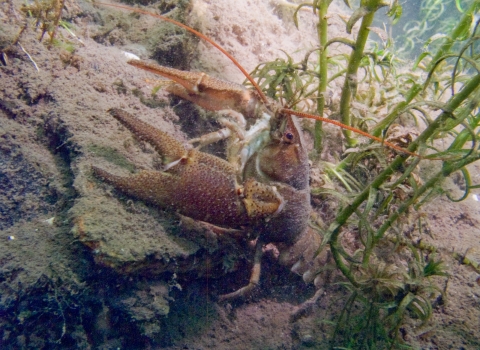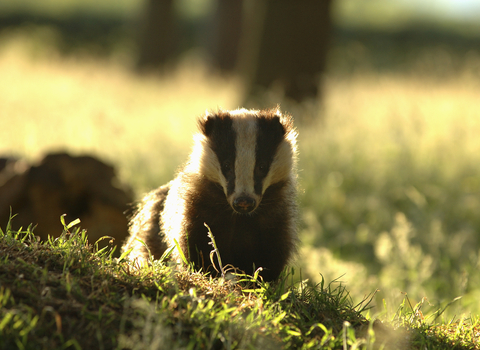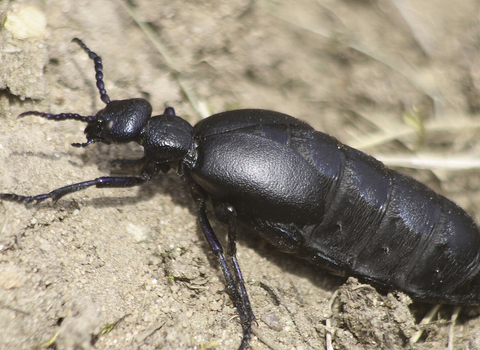Protecting wildlife and wild places
Staffordshire Wildlife Trust carries out restoration projects all over the county to protect our special landscapes and wildlife and to ensure a wilder future for all.
From ancient woodlands and heather-clad moorlands to flower-rich meadows, flowing rivers and green open spaces, Staffordshire’s array of habitats makes it a gloriously diverse county for wildlife. Staffordshire Wildlife Trust carries out habitat restoration projects all over Staffordshire to encourage these special landscapes to thrive for wildlife and to protect them so they are here for generations to come.
The work that we do has never been more crucial; nature is facing increasing threats. A study from World Wildlife Fund in 2022 suggests the Earth’s wildlife has plummeted by almost 70 per cent in the last 50 years. And the UK is one of the most nature-poor countries in the world with 41 per cent of species decreasing in abundance since the 1970s.
Wild spaces and wildlife are struggling due to the increased pressures put on them; this is becoming evident even at a local level in Staffordshire, and is why protecting wildlife and wild places are at the heart of what we do.
Not only do we work hard on the ground to ensure local wildlife can flourish and recover but we also have a strong educational programme to expand others knowledge about the importance of habitat and species conservation. We also lead projects involving landowners, farmers, councils, businesses, individuals and communities, to inspire everyone to take responsibility for their local environment.
You can find out more about our plans for wildlife and wild places by reading our strategy on our About us page.
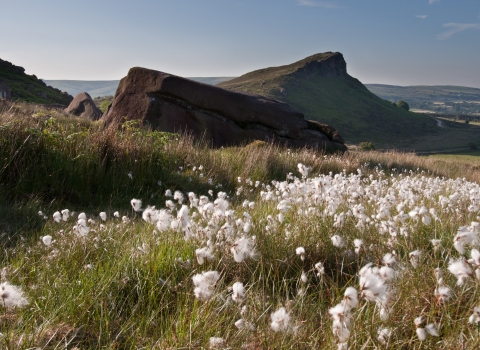
Image by kevin Palmer
Managing Nature Reserves
We manage these wild spaces so they are the best they can be for threatened species. These special places are a gateway for you to experience the natural world too, what will you discover?
The wider countryside - creating a nature recovery network
To date, wildlife conservation has been mainly focused on protecting small pockets of land for wildlife, such as nature reserves. While nature reserves are important refuges for wildlife, it is becoming increasingly clear that these isolated areas of habitat are not enough. We also work on a bigger landscape-scale projects too, which ensures protection of wildlife and wild places across the county.
Through our work on these projects we are working towards creating a Nature Recovery Network - a landscape with connected habitats that enables wildlife to move more freely. You can read more about our projects to create a more joined-up and wilder Staffordshire on our Managing the wider countryside page below.
Preserving Local Wildlife Sites - Hidden Gems
There are 1,383 Local Wildlife Sites scattered across Staffordshire, many of them hidden sanctuaries for wildlife. They form a particularly important ecological network in the county, and we will work with partners and private landowners to ensure they are protected. We will also work with partners and land owners to support the management of other important habitats for wildlife, particularly where they are of national importance.
Local Wildlife Sites (LWS) are wildlife-rich sites selected for their local nature conservation value. They vary in shape and size and can contain important, distinctive and threatened habitats and species. Conserving them is a vital part our vision in creating a joined up network across the country where wildlife can thrive and flourish is free to explore and live. You can read more on Staffordshire's Local Wildlife Sites here.
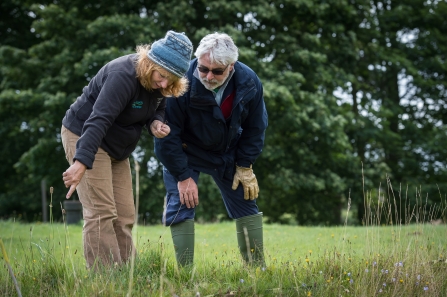
Credit: Matthew Roberts
Protecting species
Although the work we do managing wild spaces throughout Staffordshire helps to conserve wildlife, there are a few specific conservation projects we are working on to safeguard threatened species. You can see a selection of our wildlife focused projects below.
Monitoring wild spaces and wildlife
Evidence must underpin our conservation work. We need it to continually improve what we do and to support partners in their conservation management work. Our monitoring and research provides the science behind our conservation work and allows us to demonstrate the effectiveness of our work to protect and conserve wildlife and also highlight problem areas where specific areas of help are required.
We have a robust monitoring strategy to ensure the effectiveness of our conservation work on our nature reserves and in the wider landscape. We produce a range of publications as a result of our monitoring and surveying work to educate others on how best we can conserve wildlife and wild places and highlight areas of concern. These can be read here. The Staffordshire Ecological Record (SER) is based at our Wolseley HQ and we always actively encourage wildlife watchers to record sightings of species.
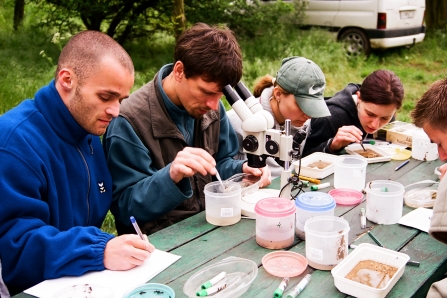
Image: Zsuzsanna Bird

